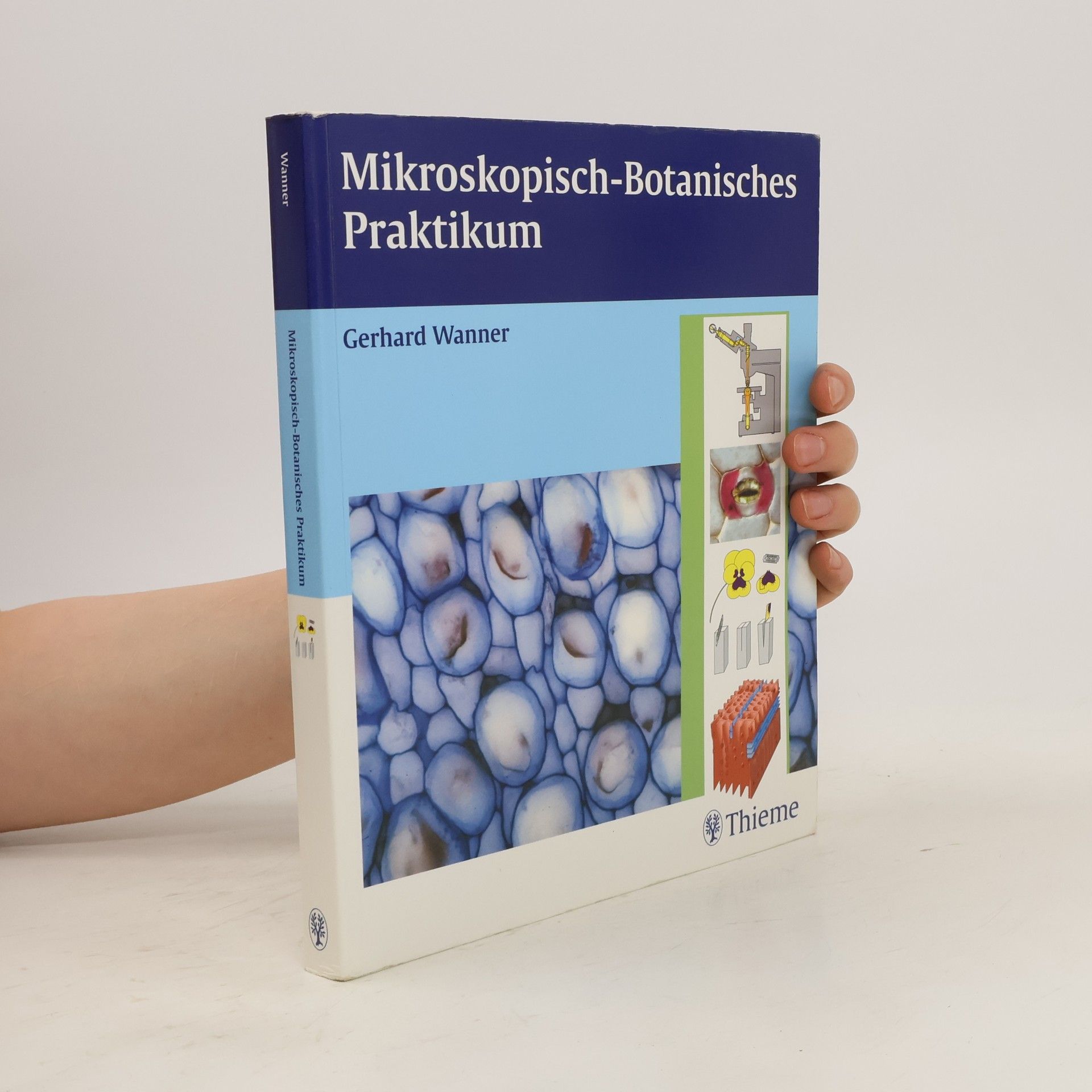This book presents first-year calculus roughly in the order in which it was first discovered. The first two chapters show how the ancient calculations of practical problems led to infinite series, differential and integral calculus and to differential equations. The establishment of mathematical rigour for these subjects in the 19th century for one and several variables is treated in chapters III and IV. Many quotations are included to give the flavor of the history. The text is complemented by a large number of examples, calculations and mathematical pictures and will provide stimulating and enjoyable reading for students, teachers, as well as researchers.
Gerhard Wanner Libri






Geometric numerical integration
Structure preserving algorithms for ordinary differential equations
- 528pagine
- 19 ore di lettura
Numerical methods that preserve properties of Hamiltonian systems, reversible systems, differential equations on manifolds and problems with highly oscillatory solutions are the subject of this book. A complete self-contained theory of symplectic and symmetric methods, which include Runge-Kutta, composition, splitting, multistep and various specially designed integrators, is presented and their construction and practical merits are discussed. The long-time behaviour of the numerical solutions is studied using a backward error analysis (modified equations) combined with KAM theory. The book is illustrated by many figures, it treats applications from physics and astronomy and contains many numerical experiments and comparisons of different approaches.
A concise and authoritative introduction to scanning electron microscopy in the biological sciences In A Practical Guide to Scanning Electron Microscopy distinguished electron microscopist Gerhard Wanner delivers a practical handbook for biological scientists working with microbial, plant, and animal cells and tissues, enabling them to successfully apply scanning electron microscopy (SEM) to their object of study. The book begins with an introduction to the principles of electron microscopy and the operation of electron microscopes before moving on to describe the preparation and mounting of specimens. It also explores the process of recoding images and their subsequent analysis, along with a wide range of advanced microscopy techniques, including cryo-SEM, FIB-SEM tomography, and stereo-SEM. Scanning Electron Microscopy in the Biosciences contains hundreds of carefully selected microscopic images, as well as hands-on, step-by-step guidance required to perform a successful TEM experiment. Readers will also Perfect for cell biologists and microbiologists, A Practical Guide to Scanning Electron Microscopy in the Biosciences also belongs in the libraries of neurobiologists and biophysicists.
Präparieren, Erkennen, Zeichnen - Dein Leitfaden durchs Praktikum! Hier findest Du alle üblicherweise im Kurs behandelten Themen der mikroskopischen Pflanzenanatomie: - Der richtige Umgang mit dem Lichtmikroskop - Grundlagen der Elektronenmikroskopie - Wichtige Schnitt- und Färbetechniken - Interpretation von Gewebeschnitten - Zeichnen von Zellen und Geweben Inhaltlich abgeschlossene Doppelseiten: Ideal für den Kurs und zum Mikroskopieren - Brillante Fotos illustrieren die pflanzlichen Strukturen und wecken Interesse für das Fach - Praktikumsrelevante Inhalte: Kaum „Ballast“ durch Grundlagenwissen zur Botanik
Vorarlberg und Europa
Schriftenreihe der Rheticus-Gesellschaft 80
